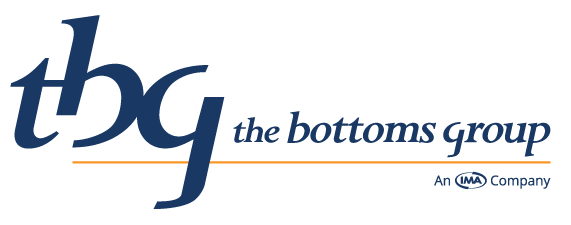By David Bottoms, REBC, RHU, CLU, ChFC
President
On June 1, 2022, the U.S. Bureau of Labor Statistics Department reported that the seasonally adjusted unemployment rate in Georgia has fallen to an all-time low of 3.1%.
Not surprisingly, the announcement of an unemployment rate never before seen in our state was cause for much celebration given that it is indicative that 96.9% of Georgians looking for work have found it; however, a dearth of available workers continues to put incredible pressure on employers desperate for workers.
Generally, the first thought employers have in a tight labor market is that they need to increase wages and, given the fact that inflationary pressures in the economy are putting consumers in a pinch, increasing wages is a good approach. However, an often overlooked supplemental strategy is to ensure that the employer is effectively leveraging (and communicating) the value of the employee benefit plan they already offer.
For many employers, benefit plan expenses rank as the second largest expense line-item…right behind employee wages; however, most employers would acknowledge that while employees have a pretty solid handle on the value of their cash compensation, they have a generally poor understanding of the value of their benefit plan compensation.
That lack of understanding is often a result of the inherent complexity of insurance plans and the fact that annual benefit plan open enrollment efforts are often heavy on specifics relating to how benefit plans work, what they cover, etc. With so much focus on the “what” of the coverage, there is often less focus than there ought to be on the employer contribution “how much.”
This lack of understanding often leads to a low level of appreciation for the value of the benefit plan given that employees are often left with a sense of frustration as their benefit plan costs go up and up while the benefits of their plan seem to reduce each year. Lost on many employees is the fact that employers are often shouldering a disproportionately high portion of benefit plan costs and are absorbing a great deal of the premium increases that would otherwise result in even higher employee costs.
If any of the context above resonates with you, one potentially powerful approach your organization might consider is the use of an off-cycle benefit communication process midway through the plan year to specifically illustrate the dollar value of your organization’s investment in its benefit plan.
Admittedly, employees are often skeptical when an employer comes right out and tells them how wonderful the benefit plan is and how thankful they ought to be for it. As such, one of the most effective ways to communicate the value of the benefit plan is to show them, in a personalized report, how much the employer is providing on a total compensation basis.
A personalized total compensation statement highlights an employee’s cash compensation (which they generally already know) along with the specific annual employer investments toward their medical plan, retirement plan, dental plan, vision plan, disability insurance, life insurance plan, etc. At the bottom of the report, the employee can see the dollar value of their total employment package.
This often-eye-opening number can demonstrably improve an employee’s sense of the value of their employment, improve employee retention, and serve to improve employee morale.
Many payroll systems have the ability to export these reports on demand; however, very few employers avail themselves of the opportunity to use these tools to effectively present the total compensation picture to employees.
In a tight labor market, leveraging (and communicating) the value of your benefit plan to both attract and retain talent is not only important, it is essential.



